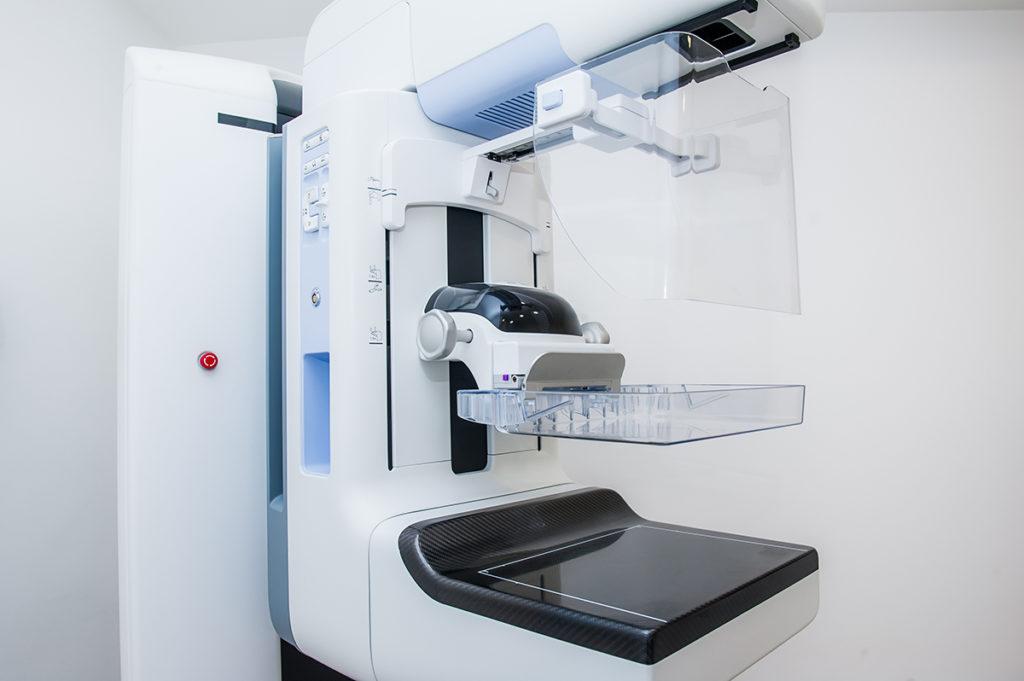Second To Nature Recommends Annual 3D or Standard Mammograms
Second to Nature continues our mammogram discussion. Let’s take time to understand the differences between 3D and standard mammograms. Last month, we shared about the importance of a mammogram. Mammograms aide in early detection and help patients avoid extensive treatments. They also reduce the risk of death and keep treatment costs down. It’s time to review the differences between 3D and standard mammograms.
Some Basic Mammogram Info
From the mid-1950s until the early part of the 21st century, 2D mammograms were the most common type. A 2D mammogram takes two pictures of each breast—one from the side and one from above. While 2D is considered a standard mammogram, medical technology shows 3D mammograms give doctors clearer imagery. A 3D mammogram takes multiple images of the breast from different viewpoints.
Standard Mammograms
A standard mammogram, or a 2D mammogram, also goes by the terms “conventional digital mammography” and “Full-Field Digital Mammography (FFDM.)” Mammograms are just like an X-ray; they emit a small amount of ionizing radiation. In an x-ray, radiation passes through a person’s body, then a device captures the radiation to create the targeted image.
A mammogram, designed to look only at breast tissue, takes x-rays at lower doses than standard x-rays. This dose of radiation doesn’t go through breast tissue easily. Because of this, the machine’s two plates flatten the breast to spread apart the tissue.
Why is It Necessary to Flatten the Breasts?
According to www.radiologyinfo.org, there are several reasons it’s necessary to flatten the breasts during a mammogram.
-
- Even out the breast thickness to make all of the tissue easily visualized.
- Spread out the tissue so that small abnormalities aren’t hidden by overlying breast tissue.
- Allow the use of a lower x-ray dose on a thinner amount of breast tissue.
- Hold the breast still in order to minimize blurring of the image caused by motion.
- Reduce x-ray scatter to increase sharpness of picture.
In the early days of x-ray imagery, mammograms were printed on film. These days, mammogram images are digital or created with Computer-Aided Detection (CAD.) Digital mammography is similar to technology found in digital cameras. If a digital, standard mammogram results in abnormal readings, CAD systems highlights images of density, mass, or calcification.
3D Mammograms
Three-dimensional, or 3D mammograms also go by other terms; “Breast Tomosynthesis” and “Digital Breast Tomosynthesis (DBT.)” A DBT, or 3D mammogram, x-rays multiple images of the breast from different angles. The images get captured and reconstructed, or synthesized, into a 3D image set. 3D mammograms are similar to Computed Tomography (CT) imaging. Some 3D mammograms have slightly higher radiation doses than standard mammograms, but the levels remain within the FDA-approved safety protocol.
Can’t Decide on Standard Mammograms Versus 3D Mammograms? Do Both
Standard mammograms and 3D mammograms are the next best step in breast cancer screening, after self-examinations. Both types have advantages in showing results, whether a normal mammogram or abnormal mammogram result. Abnormal mammograms often result in additional imaging.
Going back for another mammogram can be stressful, take extra time, and result in additional costs. Choosing to combine a 3D mammogram with a standard mammogram reduces the need for follow-up imaging. Using both 3D mammograms and standard mammograms also better detects more cancers than just a standard mammogram. According to www.mayoclinic.org, studies show combining both mammograms can detect one more breast cancer for every 1,000 women screened.
The Difference Between Normal Mammograms and Abnormal Mammograms
Regardless of whether it’s a standard mammogram or 3D mammogram, it’s important to understand what’s a normal and what’s an abnormal result. Normal mammograms show breast tissue containing fat, as well as fibrous and glandular tissue. Fatty breast tissue on mammograms shows up dark and transparent. The more fibro-glandular tissue, the denser the breasts. Radiologists classify breast density using four categories:
- Almost entirely fatty
- Scattered areas of fibro-glandular density
- Heterogeneously (dissimilarly) dense
- Extremely dense
Many breasts get less dense with age, though some women have denser breasts than others. Patients can have dense breasts and still have a normal mammogram result. Dense breast tissue appears solid white. A normal mammogram result means no detection of distortions, calcifications, or lumps. The image shows the breast as symmetrical.
Dense Breast Tissue and Other Abnormalities
While normal, dense breast tissue appears white on a mammogram, sometimes white imagery indicates abnormalities. Abnormal mammograms don’t always mean cancer. Breast calcifications commonly show up on mammograms. They’re deposits of calcium in the breast and show up as white spots.
Macrocalcifications are larger spots while microcalcifications are smaller ones. Macrocalcifications aren’t usually cancerous. Most microcalcifications aren’t cancerous either, but sometimes they can be an early cancer indicator. Tumors and other masses, like fibrosis, also appear white on mammograms.
A fibrosis, or cyst, forms due to significant amounts of fibrous tissue. A fibrous area feels firm or rubbery to the touch, as well as soft, tender, and moveable. These are sacs filled with fluid with smooth, well-defined borders. Cancerous breast tumors are usually shaped irregularly. Unlike cysts, tumors don’t move freely and are painless. Often, if the radiologist detects a cancerous tumor, the doctor will order a biopsy to confirm a diagnosis.
Know the Differences Between 3D and Standard Mammograms with Second to Nature
Once you see the important differences between 3D and standard mammograms, you may want to discuss this further with your healthcare professional. If your doctor mentions changes he or she observes in a standard breast image, they may recommend a 3D scan. Second to Nature hopes that reviewing the differences between 3D and standard mammograms will give you a better picture of these types of images.
Second To Nature offers mastectomy education and a wide selection of post-mastectomy products. Call us at (540) 366-2711 and like and follow us on Facebook for updates. We are happy to discuss the differences between standard mammograms and 3D mammograms.

